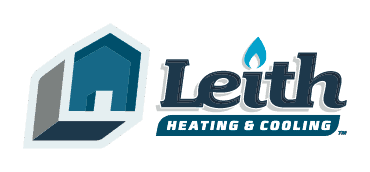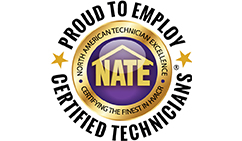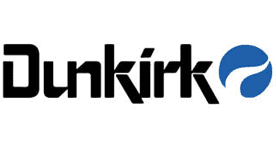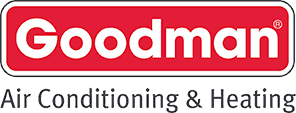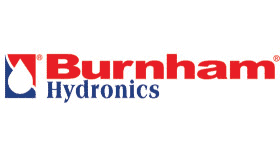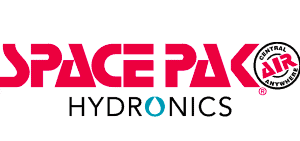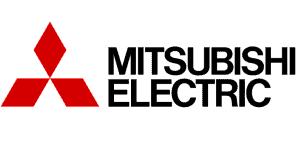When you come home from work after a hard day, you want it to be a comforting and welcoming place to unwind and relax. In Illinois, our winters can be pretty harsh, and the cold can be unbearable. Homeowners all over the state rely on their furnaces to keep their homes warm and safe through the cold seasons.
However, like any mechanical device, a furnace has several crucial components that can malfunction when you need it most. Furnace ignition failure is one of the most common issues people face when starting their system for the season. Knowing the causes of this problem can help you troubleshoot and get your furnace running, so you and your family don’t get stuck sitting in the cold.
At Leith Heating & Cooling, we know the importance of having a reliable heating system in your home. If you need furnace repair in Elgin, IL, or the surrounding areas, our knowledgeable technicians are available 24/7 to assist you with any HVAC issues. Read on to learn about furnace ignition failure and what you can do to fix it.
Furnace Ignition Failure: The Quick Fixes
If your furnace isn’t starting, you may assume there’s some major mechanical malfunction that only an experienced professional can handle. Some common causes of furnace ignition failure are easy to spot and reverse as long as you are loosely familiar with switches and valves. Before you become stressed out, look for these simple issues that could be preventing your furnace from igniting:
- Make sure your thermostat is on the “heat” setting and has live batteries in it.
- Check that the furnace power switch is in the “ON” position. The switch will be on the furnace or next to it on a wall.
- Check that the gas valve is on. If the valve is off, it will sit perpendicular to the gas line. Turn it so that it sits parallel to the line, and start the furnace again.
If none of these appears to be the problem with your furnace, your furnace may not be igniting because of one of these other common causes.
1. Gas Supply
If your gas valve is on, but the furnace isn’t working, you may have run out of gas. If your furnace runs on liquid propane, you can check the tank outside your house. On the top of the tank, you’ll find a pressure gauge next to the fill valve.
If the pressure gauge is reading at 10% or higher, your gas supply is not the issue. If your gas pressure is lower, your gas company needs to refill your tank. If you run out of propane, your gas provider will likely want to run a test on the system, so keeping something in the tank at all times will save you from paying for this service.
If your furnace runs on natural gas supplied by the city, there’s no safe way to tell if the gas is getting to it without calling an experienced HVAC technician to check it for you.
2. Air Filters
Any time your HVAC system is acting up, check your air filters before taking any drastic steps. A dirty filter will prevent airflow in the system that it needs to create the mixture of gas and air that it burns to ignite. Using an air filter with a MERV rating of 12 or higher will also restrict airflow and make it hard for the furnace to operate.
3. Pilot Light
If your furnace is more than 20 years old, it may use a gas-powered pilot light to ignite the system. The pilot light is a small flame located at the bottom of the furnace. If the pilot light is out, the unit will not be able to ignite and create heat.
You can attempt to light the flame with a long match to get it going again.
4. Circuit Breaker
Modern furnaces don’t have pilot lights. Instead, they use an electronic ignition system that sparks to ignite the gas or heats a surface to the point of ignition. Power surges that occur while your furnace is on can overload the circuit and trip your circuit breaker.
When the circuit breaker trips, it shuts off power to the furnace, meaning it won’t be able to ignite. In this instance, all you have to do is reset the breaker to allow power to flow to the furnace again.
5. Draft Motor
Your furnace’s draft motor controls the amount and speed of air flowing through the heat exchanger. It also sends air through the vent to ensure no blockages exist that could allow carbon monoxide to leak into your home. If the draft motor isn’t operating normally, your furnace’s safety features won’t allow it to ignite.
There could be a blockage in your vent or chimney, the blower may not be working, or you may have a faulty pressure switch. An experienced HVAC technician can root out the problem and repair it quickly.
6. Limit Switch
Your furnace has a limit switch that prevents it from getting too hot. If something prevents the heat from leaving the unit, the limit switch will open up and shut down the system as a safety precaution. Dirty filters and blockages prevent air from circulating properly through the system, causing the limit switch to activate.
Turn Your Furnace on Early
A great way to stay ahead of problems that arise the first time you turn on your furnace for the season is to activate it early to test it. Take your furnace for a test drive about a month before you think you’ll need it to ensure that it’s operating normally.
Call Leith Heating & Cooling
The best way to prevent furnace ignition failure is to schedule yearly furnace maintenance with an HVAC professional. At Leith Heating & Cooling, we offer comprehensive furnace maintenance for all residents of Elgin, IL, and the surrounding areas. Click the link to learn what to do if furnace stops working in winter, and call us at 847-534-8686 for a free estimate.
